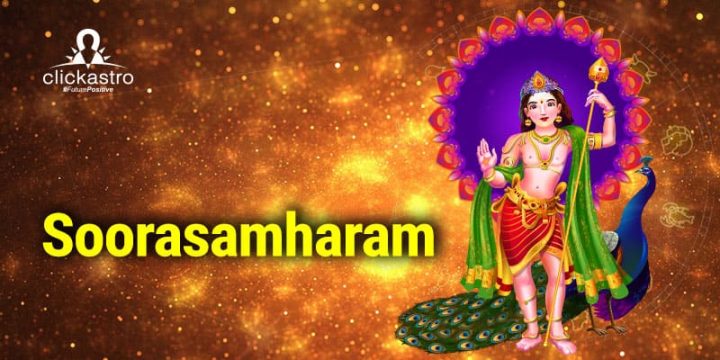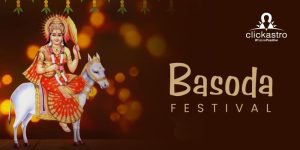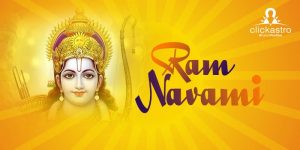Soorasamharam is a sacred festival observed during the auspicious Hindu month of ‘Karthika’, which corresponds to October-November in the
Gregorian calendar. Soorasamharam is the celebration of Lord Murugan’s triumph over the formidable demon Surapadman and the Asura clan. This significant event unfolds over six days, culminating in the eponymous festival, which symbolizes the ultimate victory of good over evil.
The 2023 Soorasamharam falls on Saturday, November 18.
According to the ancient scriptures, specifically the Skanda Purana, the demons under the leadership of Surapadman, Simhamukha, and Tarakasura took control of the Earth and started spreading Adharma which threatened the cosmic order. In response, Lord Murugan, the valiant son of Shiva and Parvati, assumed leadership of the Devas and embarked on a six-day battle against the oppressive forces. Armed with his divine lance, the Vel, Murugan waged a fierce and determined struggle, ultimately triumphing over Surapadman and the rest of his clan. This victory marked the defeat of Adharma, the restoration of righteousness, and the establishment of cosmic balance.
The divine confrontation serves as a timeless tale of courage, devotion, and the indomitable spirit of good prevailing against seemingly insurmountable odds. Murugan’s Vel, a symbol of divine power, became the instrument through which righteousness was reinstated, and the forces of chaos were subdued.
As devotees partake in the festivities of Soorasamharam, they not only celebrate the historical victory but also reflect on the broader significance — the eternal battle between right and wrong, light and darkness. The festival becomes a spiritual journey, emphasizing the enduring message of hope, resilience, and the ultimate triumph of righteousness in the face of adversity.
Soorasamharam rituals and observance
During the six-day observance leading up to Soorasamharam, devout followers of Lord Murugan engage in strict fasting that showcases their commitment and discipline toward purifying the mind and body. This abstention from regular meals is not merely a physical act but a symbolic gesture of self-control and dedication to the divine cause.
As the festival reaches its zenith on the final day with Soorasamharam, temples come alive with the resonance of special rituals that echo the spiritual significance of the occasion. These sacred ceremonies are orchestrated to honor Lord Murugan’s valor and his victory over evil. The air is filled with the fragrance of incense, and the atmosphere is charged with devotional fervor as priests perform ‘Abhishekam,’ a ceremonial hydration of the deity. This ritual symbolizes the cleansing and invigoration of the divine presence, fostering a deeper connection between the worshippers and the sacred.
‘Shringar Darshan,’ another integral facet of the festivities, unfolds as followers are treated to the spectacle of the adorned deity. Lord Murugan, bedecked in resplendent attire and adorned with divine ornaments, becomes the focal point of reverence. This visual feast is not merely a display of opulence but a symbolic representation of the deity’s grace and magnificence, evoking a sense of awe and reverence among the faithful.
Among the temples that stand out in hosting these grand festivities is the
Tiruchendur Murugan temple. Here, the celebration takes on a grand scale, attracting devotees from far and wide. The temple becomes a vibrant hub of religious fervor, with processions, chants, and rituals creating an atmosphere charged with spiritual energy.
In essence, the elaborate rituals and festivities surrounding Soorasamharam serve as a collective expression of devotion, a communal reaffirmation of faith, and a poignant reminder of the enduring power of good over evil in the hearts and minds of the worshippers.
Soorasamharam – Thirukalyanam
Following the climactic victory of Soorasamharam, the subsequent day ushers in the reverential celebration of ‘Thirukalyanam,’ which commemorates the divine nuptials of Lord Murugan and Devasena. This day marks the union of the divine couple, symbolizing the harmonious convergence of cosmic forces for the greater good.
Thirukalyanam, observed with deep devotion, is considered a conduit for divine grace that augments confidence and ensures success in endeavors. The celestial union of Lord Murugan and Devasena becomes a metaphor for the alignment of spiritual and worldly pursuits, emphasizing the belief that seeking divine blessings leads to fulfillment and accomplishment in all aspects of life.
In the
Palani temple, Thirukalyanam is marked by a majestic procession, wherein the divine presence of Lord Murugan is paraded with grandeur. Devotees from far and wide gather to witness this spectacle, reinforcing their connection to the divine and drawing inspiration from the sacred event.
Similarly, the Tiruchendur Murugan temple engages in a poignant reenactment of the divine confrontation, recreating the pivotal moments of Soorasamharam with meticulous detail. This reenactment becomes a powerful spiritual experience for the worshippers, serving as a vivid reminder of the eternal struggle between good and evil and the ultimate triumph of righteousness. In essence, Thirukalyanam extends the spiritual journey initiated by Soorasamharam, offering devotees continued blessings, protection, and a reaffirmation of their faith in the divine.
Soorasamharam significance
Devotees ardently believe that the observance of Soorasamharam brings multifaceted blessings. The festival is not merely a historical reenactment but a spiritual endeavor that is thought to confer divine protection against adversaries and negativity. Followers hold firm to the belief that the sacred energies invoked during Soorasamharam resonate throughout their lives, creating a shield against malevolent forces and fostering an environment of positivity.
Moreover, the festival is seen as a bestower of power, endowing devotees with the strength and resilience needed to confront life’s challenges. The divine lance, Vel, which played a pivotal role in Soorasamharam, is perceived as a symbolic source of empowerment that imbues worshippers with the courage to overcome hurdles and adversities.
The divine Vel, wielded by Lord Murugan during the pivotal battle, is not only a formidable weapon but is also a potent protective amulet. Devotees believe that the energy infused into the Vel during the celestial struggle persists, serving as a shield against adversarial forces and negativity in their own lives. As followers immerse themselves in the fervor of Soorasamharam, they seek the divine protection of Lord Muruga’s Vel, fostering a sense of security and spiritual fortitude.
At its core, Soorasamharam stands as a profound symbol of the triumph of virtue over malevolence, encapsulating the divine narrative of Lord Murugan’s valiant confrontation with the formidable demon Surapadman. This sacred festival resonates with spiritual significance, embodying the relentless pursuit of righteousness and the eradication of evil forces that threaten cosmic harmony.
The festival extends its benevolent influence beyond mere protection, endowing devotees with immense power to navigate life’s challenges. The divine energy invoked during Soorasamharam is believed to empower worshippers, instilling in them the strength and resilience needed to overcome obstacles and adversities. This infusion of divine grace becomes a source of inspiration, guiding followers toward a path of personal growth, success, and fulfillment.
As devotees celebrate Soorasamharam, they anticipate the benevolence of Lord Murugan to bring not only protection and power but also a profound sense of happiness and glory. The festival becomes a spiritual catalyst, fostering a connection between the worshippers and the divine, leading to a life characterized by peace, prosperity, and spiritual fulfillment. The enduring message of Soorasamharam transcends the historical narrative, becoming a timeless beacon of hope, resilience, and the eternal victory of good over evil in the hearts and lives of those who partake in its sacred observance.









